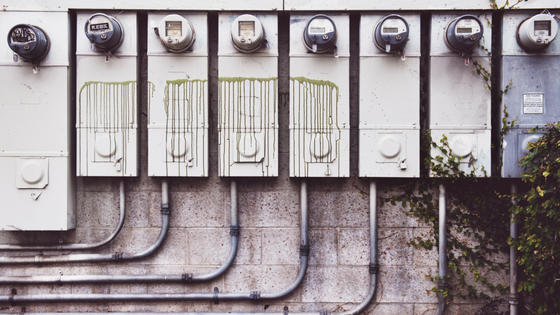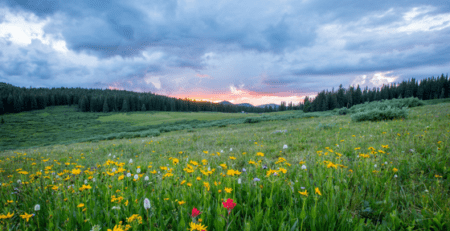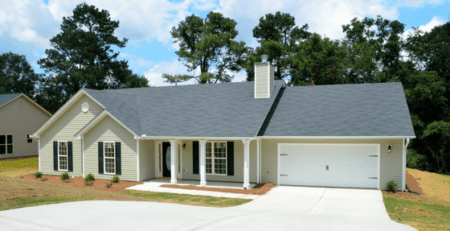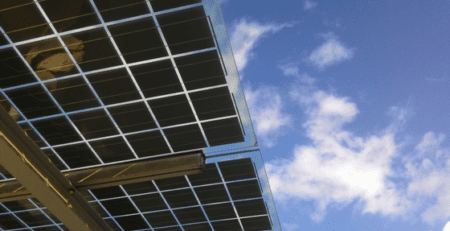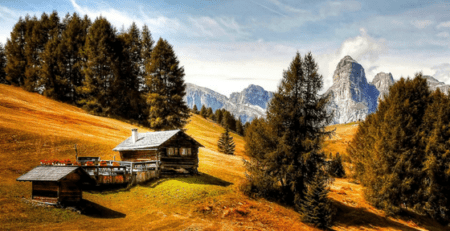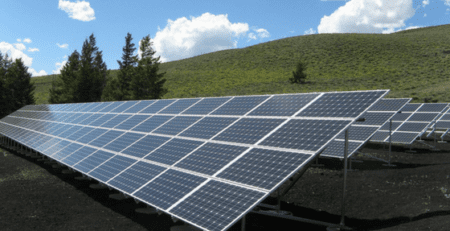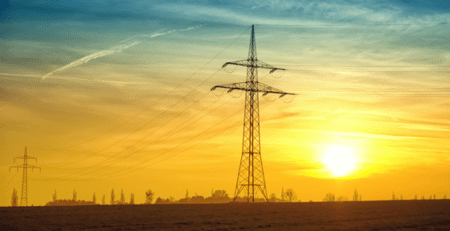Going Off-Grid: Home Energy Saving Tips
Committing to living off the grid requires a serious look at your energy consumption. Even with improvements in energy efficiency, the explosion of consumer electronics has led to more and more devices drawing power in the average home.
That is easy to forget when you are tied directly to the power grid. But it’s a different story when you are counting every kilowatt-hour against your production capacity. Starting on a journey toward off-grid living often starts with reducing your energy usage in the home.
Today, we’ll run through some of the easiest ways to improve the efficiency of your home – starting with the roof and moving down from there. These tips just scratch the surface, but they’re a good place to get started on improving the efficiency of your home:
Roof
The roof of your house can have a huge impact on the energy efficiency of your home. Start by considering your roofing material. If you plan to replace your existing roof, consider going with a lighter color. By choosing a solar-reflecting color, your roof can reduce the amount of heat absorbed into your house on hot summer days.
A healthy roof is a well-ventilated roof. By ensuring that your roof and attic is getting adequate ventilation, you can make your roof last longer and reduce your cooling needs.
Attic
Increasing the insulation in your attic is one of the easiest ways to increase the efficiency of your home. In Colorado and Utah, the recommended R-value of your insulation is between R49 and R60 (or an additional R38-R49 if you have existing fiberglass bat insulation). Whether you do it yourself or hire a professional, adding insulation to your attic will make a noticeable difference.
Lights
We all love electric lights, but there are a few simple ways to make sure they are not wasting your resources. The first is as easy as it gets: make sure you turn lights off when you don’t need them. Flip off your lights when you leave the room, put outdoor lights on timers or motion sensors, and occasionally check your house for lights that are left on.
The second method is to swap out your existing bulbs for energy-efficient options. Depending on your usage, check CFL and LED lights. Both options come in a variety of lumens and color spectrums to meet your lighting needs.
Walls
Just like your attic, having properly insulated walls will go a long way to improving your efficiency. But unlike your attic, gaining access to your walls can be a real challenge. If you are re-siding your house, you can add an insulated sheathing to the exterior of your walls. In Colorado, Energy Star recommends an R5 sheathing.
Windows and Doors
Windows and doors can be a huge source of efficiency loss for your home. Start by ensuring that they close and seal properly. Use weather stripping and expanding foam to close any leaks to the outside around your existing windows or doors
Window coverings can also provide a boost to your efficiency. In the hot summer, shade windows during the day to keep your house cool. In the winter, get the most out of the daylight by opening drapes and shades during sunny hours and closing them at night to retain heat.
Appliances
Over 25% of your home’s energy usage is dedicated to running appliances like refrigerators, water heaters, washers, and kitchen tools. We’ve grown used to the conveniences of these tools, and it can be hard to give them up.
Fortunately, advances in technology have created highly efficient appliances that can greatly reduce energy consumption. By updating to Energy Star certified appliances, you can go off grid without giving up all of the appliances that we have come to love.
Outlets
Did you know that consumer electronics and battery chargers continue to draw power even when they are not in direct use? To avoid this unnecessary drain, unplug your devices when they are not in use.
By using power-strips, you can easily disconnect your entire desk at the click of a button – and the savings from such a simple task are surprising!
Crawlspace
Finally, if you don’t have a basement there are a few ways to improve the efficiency of your crawlspace. The first is insulation – it isn’t a fun job but insulating your crawlspace is a task that any homeowner can do. The second is to seal any leaks in your foundation, especially where the joint where your rim joist meets your foundation and where pipes and wires penetrate through to the outside.
Preparing to go Off-Grid
Going off-grid will require lifestyle changes, but they don’t have to be overwhelming. By beginning to take small steps now, you can see the possibility of off-grid living start to become a reality. And you can save some money while you are at it!
If you’re wondering if you can go off-grid, we offer electrical load analysis and custom design services to custom build a system that meets your needs. Contact us today to get started!

